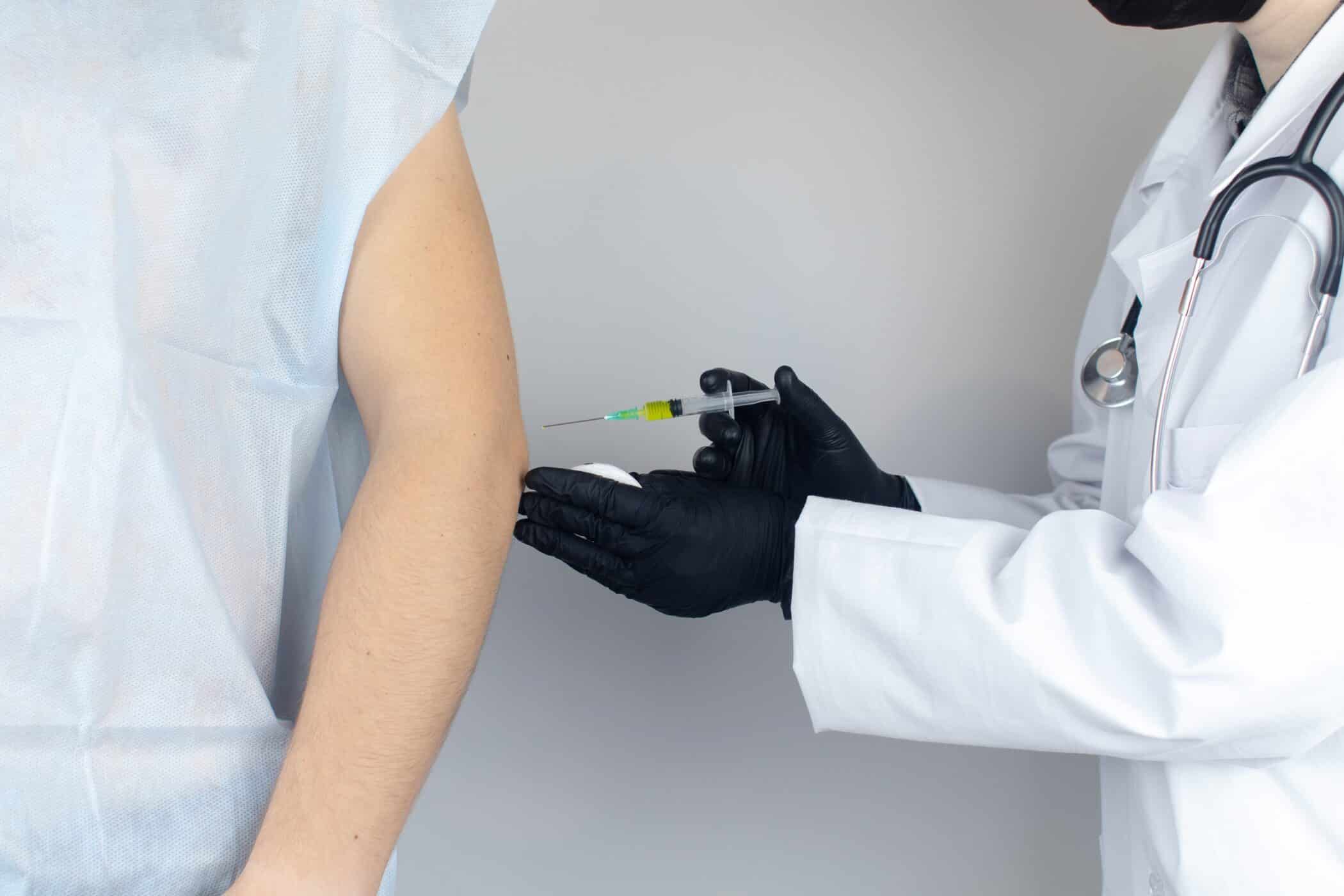
October 4, 2023
Article At Glance
- PRP treatment is effective for those experiencing joint pain and other related conditions.
- PRP promotes new cartilage development and tissue repair through growth factors encouraging cell growth and reducing inflammation.
- Major growth factors in PRP that aid healing include fibroblast, epidermal, and connective tissue factors.
Are you one of the countless people experiencing joint pain? Whether you have chronic knee pain from playing sports for all these years or you’re feeling worsening shoulder pain due to arthritis or a torn rotator cuff, the pain can be debilitating. If you find it more challenging to continue your daily activities, have you considered a platelet-rich plasma injection?
Platelet-rich plasma treatment addresses sports injuries, acute muscle injuries, and torn tendons and ligaments. It also aids in arthritis relief, providing excellent joint pain relief without resorting to heavy medications or surgery.
Learn more about the efficacy of PRP below, including how a PRP joint injection might work if you choose to pursue this treatment option on your wellness journey.
How a Platelet-Rich Plasma Injection Works for Joint Pain
Your blood consists of several materials: platelets, plasma, red blood cells, and white blood cells. These each play a specific role. For example, white blood cells fight bacteria and infections, while platelets help the blood clot.
Platelet-rich plasma is a material inside your blood that contains several growth factors. It’s part of why your body can heal itself naturally. That’s why the medical world has used it to expedite this natural healing process via a platelet-rich plasma injection into damaged joints or tissues.
The Steps to Expect in Platelet-Rich Plasma Treatment
Have you approached a medical professional for PRP treatment? You can expect the following steps during your treatment process:
· Take a blood sample: The medical professional will draw a blood sample from your arm, place the blood into a centrifuge, and wait for the spinning to separate the platelets.
· Fill the syringe: They fill a sterile syringe with your separated platelet-rich plasma.
· Numb the injection site: The medical provider may apply a local anesthetic to the injection site. However, there is some debate about whether injectable anesthetics like lidocaine could reduce the efficacy of PRP treatment, so this isn’t common.
· Administer the PRP injection: Finally, the medical professional will inject the material into your damaged muscle, tendon, or ligament around the joint. They may use an ultrasound machine to guide the needle directly into the treatment area.
PRP treatments use your blood and cells, which means there is virtually no risk of the treatment causing problems. The body won’t reject the PRP injection because it doesn’t contain foreign bodies, so you aren’t likely to experience negative side effects from this treatment. Plus, while people often feel minor soreness around the injection site and joint immediately after the treatment, the following pain relief can last up to six months.
A PRP Joint Injection Can Promote New Cartilage Development
Traditional treatment of musculoskeletal problems, like joint pain, involves rest, ice, compress, and elevation methods applied to the affected limb. You might also explore physical therapy and some form of corticosteroid injection for short-term relief from pain and discomfort. However, these treatment avenues still can’t fix the underlying cause of the pain, especially when it comes to degenerative conditions like arthritis.
A platelet-rich plasma injection can’t cure a degenerative disease either. But it can potentially protect damaged cartilage by facilitating restorative processes.
For example, consider knee osteoarthritis, a degenerative condition affecting the entire knee joint and its cartilage. The osteoarthritis will worsen over time without a cure, leading to excessive knee joint pain and restricting your movement.
PRP will increase collagen production, an essential protein for building and strengthening connective tissues, bones, and muscles. So, while PRP treatment won’t grow a new joint to replace the defective one, it could provide you with longer-lasting relief and other benefits.
Lessen Inflammation and Improve Joint Function
Inflammation is a common issue related to both acute and chronic joint pain. The immune system’s natural response to injury and disease requires inflammation. However, it can cause serious pain and discomfort around the affected joints.
Fortunately, one of the anti-inflammatory factors in platelet-rich plasma is the hepatocyte growth factor. HGF counteracts proinflammatory mediators, like cyclooxygenase and prostaglandin E2, to improve the release and regulation of cells. The process should prevent or minimize your body’s inflammatory responses, resulting in less joint pain and a higher quality of life.
Major Factors in PRP Injections for Joint Pain
The primary reason for platelet-rich plasma therapy’s many positive clinical outcomes is the growth factors inside your platelet-rich plasma that offer analgesic effects, inflammation reduction, and tissue repair.
Major growth factors in PRP for joint pain include the following:
· Fibroblast: Encourages the growth of chondrocytes, which produce cartilage tissues.
· Epidermal: Improves the formation of new blood vessels.
· Connective tissue: Contributes to blood vessel development and cartilage regeneration.
Experience the Benefits of Platelet-Rich Plasma Therapy at the Formula Wellness Center
Are you living with painful, swollen joints? You don’t have to. Platelet-rich plasma injections offer joint pain solutions without side effects, relieving pain and inflammation and countless other benefits.
Why not visit Formula Wellness Center in Dallas, TX? With our comprehensive medical-based services to improve health and wellness, we aim to improve our patients’ quality of life. Ask us about PRP injections to reduce knee or shoulder joint pain, infrared sauna therapy to improve your mood and mental health, and other ways to help you pursue wellness.
Call (214) 931-9443 today to request a consultation for a platelet-rich plasma injection or any other services available at Formula Wellness Center!